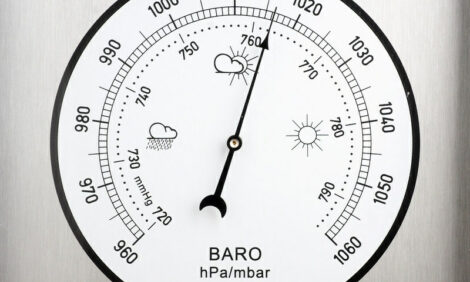



Web Site Guides Livestock Down Path to Organic
PURDUE, US - Livestock producers who find organic production an entirely different animal than what they're used to can now turn to a Purdue University resource for help.The Organic and Alternative Livestock Production Systems Web site provides a wealth of management and production tips for transitioning into the growing industry segment. Consumers also can learn more about organic products and where to purchase them in Indiana.
The Web site is located at http://www.ansc.purdue.edu/poa/.
"This Web site is geared toward providing producers the information they need to get started in not only organic livestock production, but also grass-fed beef and pasture-raised pork and poultry, as well," said Paul Ebner, Purdue Extension animal sciences specialist and the Web site's coordinator. "Producers will learn what changes they will need to make to their existing practices to raise U.S. Department of Agriculture-certified organic livestock, the kinds of feed that are allowable under the USDA standard and how to properly process organic livestock.
"In the consumer section we talk about reading organic food labels and the differences between organic and grass-fed livestock. There's also a featured producer section, where Web site visitors can watch a video documentary about an Indiana producer using organic or alternative production methods."
Visitors can download fact sheets, Extension publications, PowerPoint presentations and videos through the site's YouTube channel PurdueOrganic, Ebner said. The Web site also has a weblog that provides daily news from around the world on organic and alternative livestock production.
The USDA defines organic livestock as animals that have consumed feed or grass grown without certain fertilizers and chemical applications, given access to the outdoors and not treated with antibiotics or growth hormones. Food products carrying a USDA organic label can consist of between 70 percent and 100 percent organically produced ingredients, and are labeled as such.
Indiana is home to 287 farms with land in organic production, according to the USDA's 2007 Census of Agriculture. Indiana farms sold nearly $8.7 million worth of organically produced commodities in 2007, at an average of $36,346 per farm.
The ag census reported 20,437 farms with organic production in the United States, with total sales of $1.7 billion.
Organic and alternative livestock production systems can be similar but are not synonymous, Ebner said.
"In alternative production we're talking about systems that are different from conventional systems but not necessarily certified organic," he said. "We're talking about such things as grass-fed beef, pasture-raised pork and pasture-raised poultry. Similar to organic labeling, there is a new USDA grass-fed beef program where producers can have a third party certify the cattle's all-grass diet, then have that beef as USDA grass-fed."
It isn't difficult for a conventional livestock operation to shift to organic production but the process can be time consuming, Ebner said.


